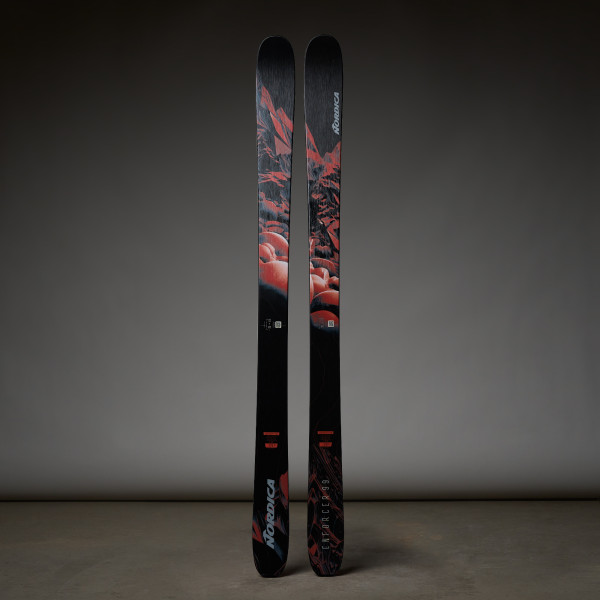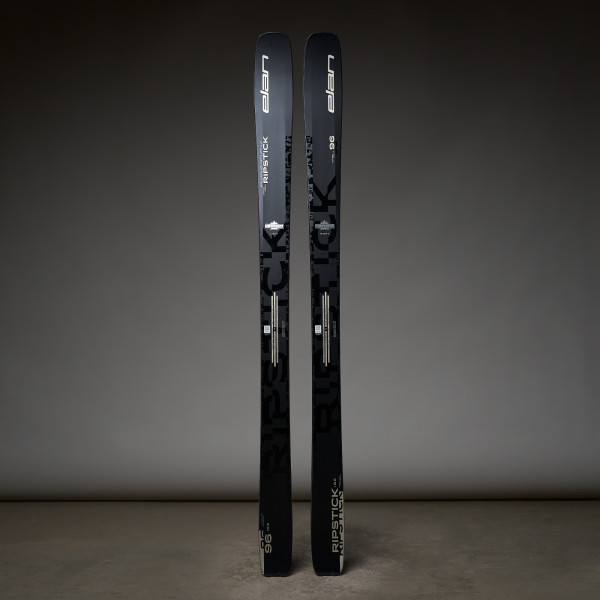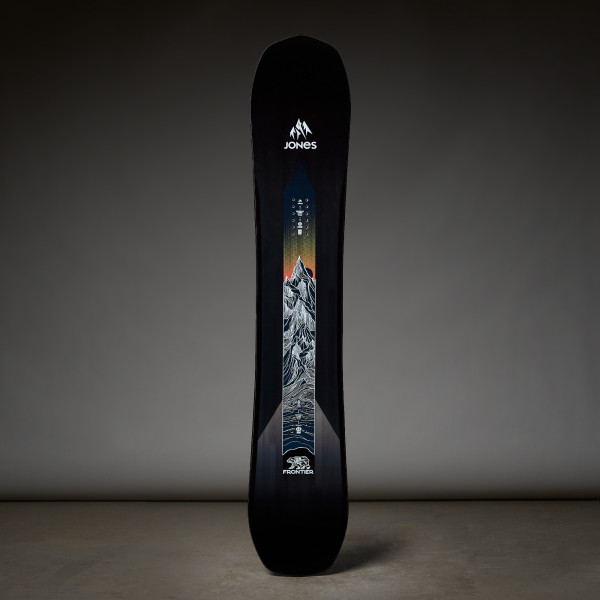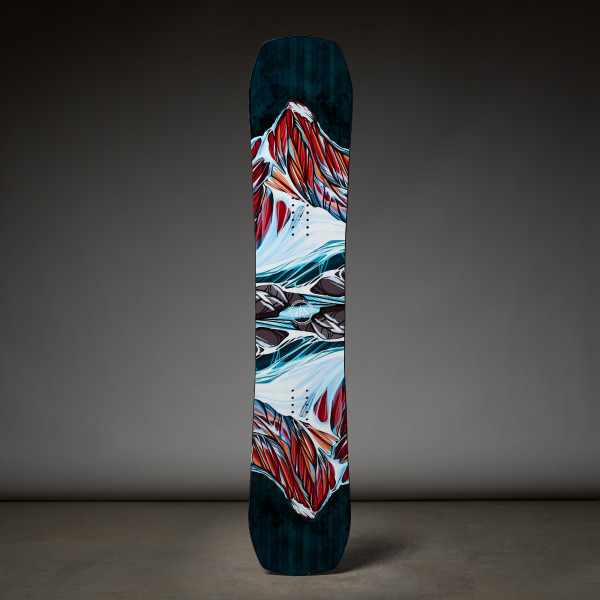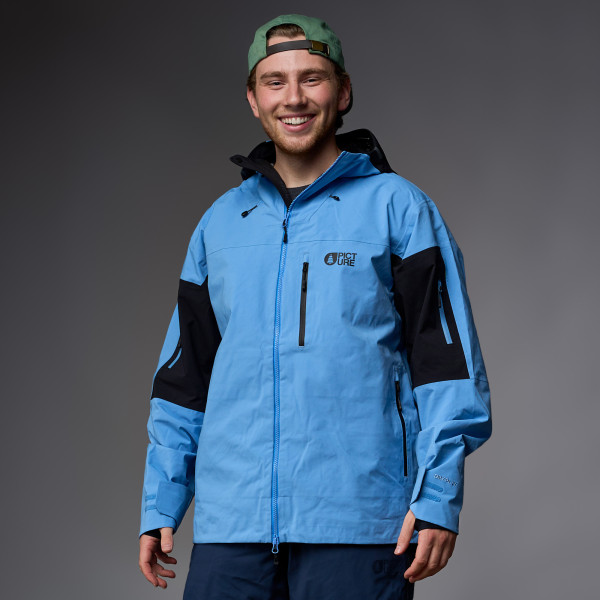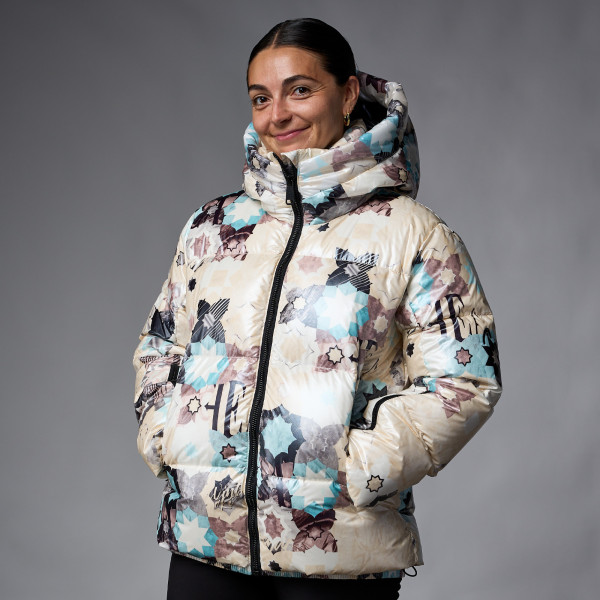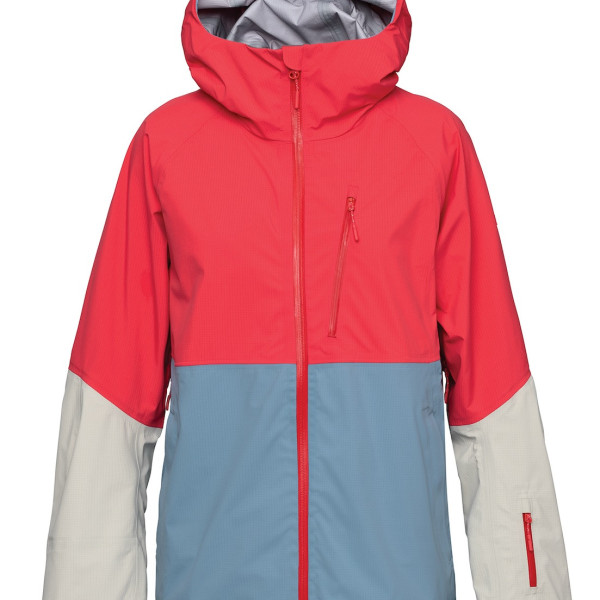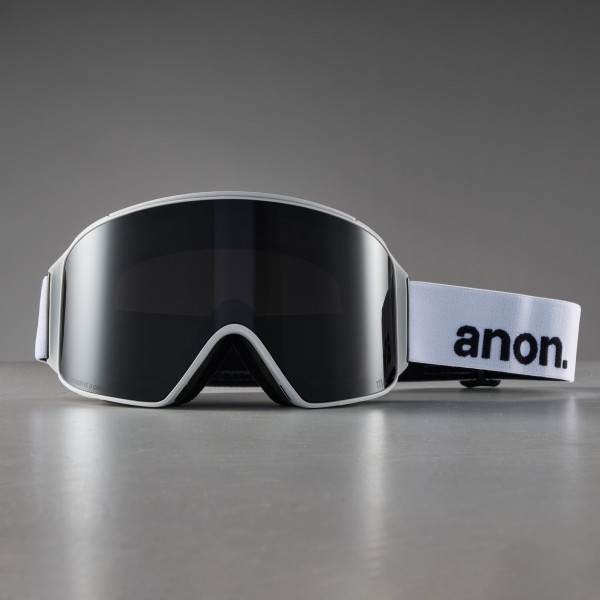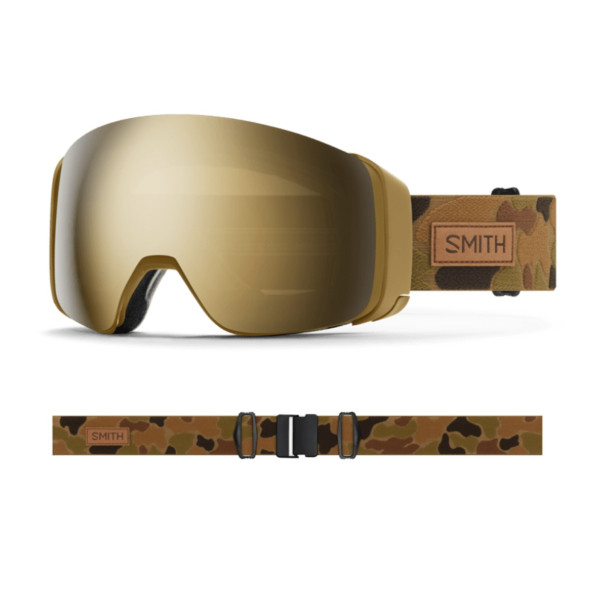Your Shopping Cart
Hot Items
Ski & Snowboard Outlets
Snowboards: How to Choose the Right Snowboard
Posted May 15, 2022 @ 6:29am | by Neil Soucy
Choosing the right snowboard can seem like a daunting task, but it doesn't have to be. There are some key factors that go into finding the right board for you that will maximize your fun on the mountain, that's why we snowboard in the first place, isn't it? These factors are important in getting a snowboard that performs the way it was designed to and in line with your riding style, size, and ability. Of course, everyone has their own unique preferences and biases, following this guide will help steer you in the right direction where you can then apply any other deciding factors you see fit. The goal here is to narrow down the crazy number of options out there to a few that will maximize and enhance your riding experience.
Let's first talk about SHAPE. The basic breakdown of snowboard shape leaves you with two options, twin and directional. There is tons of variety within each of those options so it's important to be honest with yourself about where you like to ride and what you want your snowboard to do. The snowboard shape that will work best for you is going to be heavily influenced by your riding style.
Riders that are spending a lot of time riding switch, whether that be in a terrain park or when trail riding will appreciate the symetrical feel of a twin shaped board. With your stance centered and the nose and tail the same you will be able to ride both directions without noticing a difference in how the board engages with the snow.
Most riders will ride in their dominant direction more often, and in this case a directional snowboard offers a ton of benefits. By shifting your feet back on the board it becomes easier to initiate turns and point the board in the direction you want to go. If you come across some choppy conditions the longer nose is able to absord them and move through the snow, similarly in powder the longer nose will float across the top of the soft snow. Directional boards come in a variety of shapes, some of which are crafted specifically for deep powder and others for all-mountain riding. The slightly directional, more typical looking boards are ideal for an all-mountain rider, where you'll realize the benefits of a directional shape but with tons of versatility. The more wild shapes are typically built with powder in mind to help the board move through soft snow better.
The reality is most people don't ride switch very often. Directional snowboards are becoming increasingly popular for this reason and will often times make more sense for your riding. If you are the rider spending quite a bit of time in the park and ride switch fairly often, that's awesome, a twin board makes a ton of sense. For most of us, that's not the case and a directional board will only enhance the riding experience. It's important to note, a lot of directional boards are super versatile and can absolutley be ridden in the park. Just because a board it directional does not mean it is a crazy powder shape, check out some of the more subtle directional shapes that are awesome all-mountain boards and super versatile.
FLEX, or stiffness is another important part to choosing the right snowboard and can have a huge impact on how your snowboard performs. There are a number of factors that go into finding the right flex for you including your size, ability, type of riding, and also personal preferences. Just because you're a really competent snowboarder who has been riding for a while doesn't necessarily mean you need or want the stiffest snowboard out there. On the flipside, some beginner riders may benefit from a snowboard that has a slightly stiffer more stable feel.
Take a look at the benefits of soft, medium, and stiff flexing snowboards below:
Soft:
- Beginners
- Easy to maneuver and initiate turns
- Forgiving at low speeds
- Park Riders
- Easy to press and twist into whatever position you need to
- More room for error on off-balance landings
Medium:
- Majority of riders
- Balance of stability and maneuverability
- Comfortable in a wide variety of conditions and terrain
- Capable of making some short and quick turns as well as longer drawn out carves
- Suitable for riders of many ability levels
Stiff:
- More Aggressive/Hard Charging Riders
- Very stable at higher speeds
- Comfortable carving and engaging an edge on steep terrain
- Powerful transitions from one turn to the next
Each flex has its benefits but also some drawbacks that are worth considering to make sure you get the best flex for you. Softer snowboards have a tendency to feel a little nervous at higher speeds or on more technical terrain, they won't feel as stable and aren't able to lock into the snow as well. Really stiff snowboards will handle this faster, more technical riding better but will require quite a bit more effort from you, the rider when making turns at lower speeds. Most riders will likely find themselves somewhere in the middle, wanting a snowboard that is both stable when riding a little faster, but with the ability to take some cruiser laps and not feel like they can't turn the board.
PROFILE, or how the board sits on the snow, can really change the feel and how the board moves under your feet. There are two main profiles to choose from, camber and reverse camber. You'll find both options on all kinds of snowboards from all mountain to park and even on powder boards. Depending on your ability level, riding style, and the terrain you spend most of your time in, one will likely work better than the other.
Camber: This is a single concave bend in the board that creates a long effective edge and offers the best grip on icy conditions, a stable and confident feel at higher speeds, and the ability to make big arcing carves. Riders that are riding in harder snow or on ice will appreciate the way a camber board can hold an edge and lock in. Camber also helps the board feel more stable when you're riding fast or in more technical terrain. When making carves the camber shape helps to transfer your energy from one edge to the next helping you get the board loaded up in the apex of a turn and carry that power into the next. For most riders camber will have the best blend of performance on ice, stability at speed, and carvability.

Reverse Camber: This is a combination of two concave bends or camber zones located under each foot and the opposite bend called rocker located in between your feet. You will sometimes see this same type of snowboard profile refered to as Flying V from Burton or C2 from Lib Tech. This shape makes turn initiation super effortless and allows for a fluid, catch-free turning experience. For newer riders or riders that like a nimble easygoing feel reverse camber will help you turn the snowboard. On icy conditions reverse camber can sometimes have a difficult time engaging an edge because of the rocker section between your feet. In soft snow however, it can help the nose of the board float and maneuver easily.

SIZE can often times be the hardest part for a lot of riders to figure out. Some of you will have no idea where to begin, others might have some idea but we're here to get you on the right track.
Let's clear up a couple common misconceptions first -
- A snowboard does not know how tall you are, but it does know how much weight is standing on it and how much force is being exerted into it.
- There is not one single size that is right for you, you will fall within a range of sizes that will work.
The old rule of thumb in snowboard sizing was to get something between your chin and your nose. For some this may work, but everyone comes in different shapes and sizes and this is not a perfect science. Weight is a much more important factor in choosing size, as well as considering your ability, riding style, and board type. Additionally, a lot of riders have a specific size in mind as 'their size', this might be a good size for you but it can also make finding the right snowboard more difficult. Let's say you've decided that a 155cm board is the perfect size, but the model you have your eyes on only comes in a 154cm and 156cm. In most cases, both of these sizes will work great!
The reality is you'll fall within a range of sizes that could work well for you. For me - I'm 5' 8", 170lbs, and an advanced snowboarder. The range of sizes that I most often find myself riding is anywhere from 152cm - 158cm. From there, there are a number of factors to consider that lead me to lean in either the shorter or longer side of the range. For all-mountain snowboards I typically land in the middle to longer side of the range. This gives me a solid stable feel that I can ride in a bunch of different conditions and types of terrain. Powder boards I will usually ride a little shorter around 154cm for a fun nimble feel through trees and deeper snow.
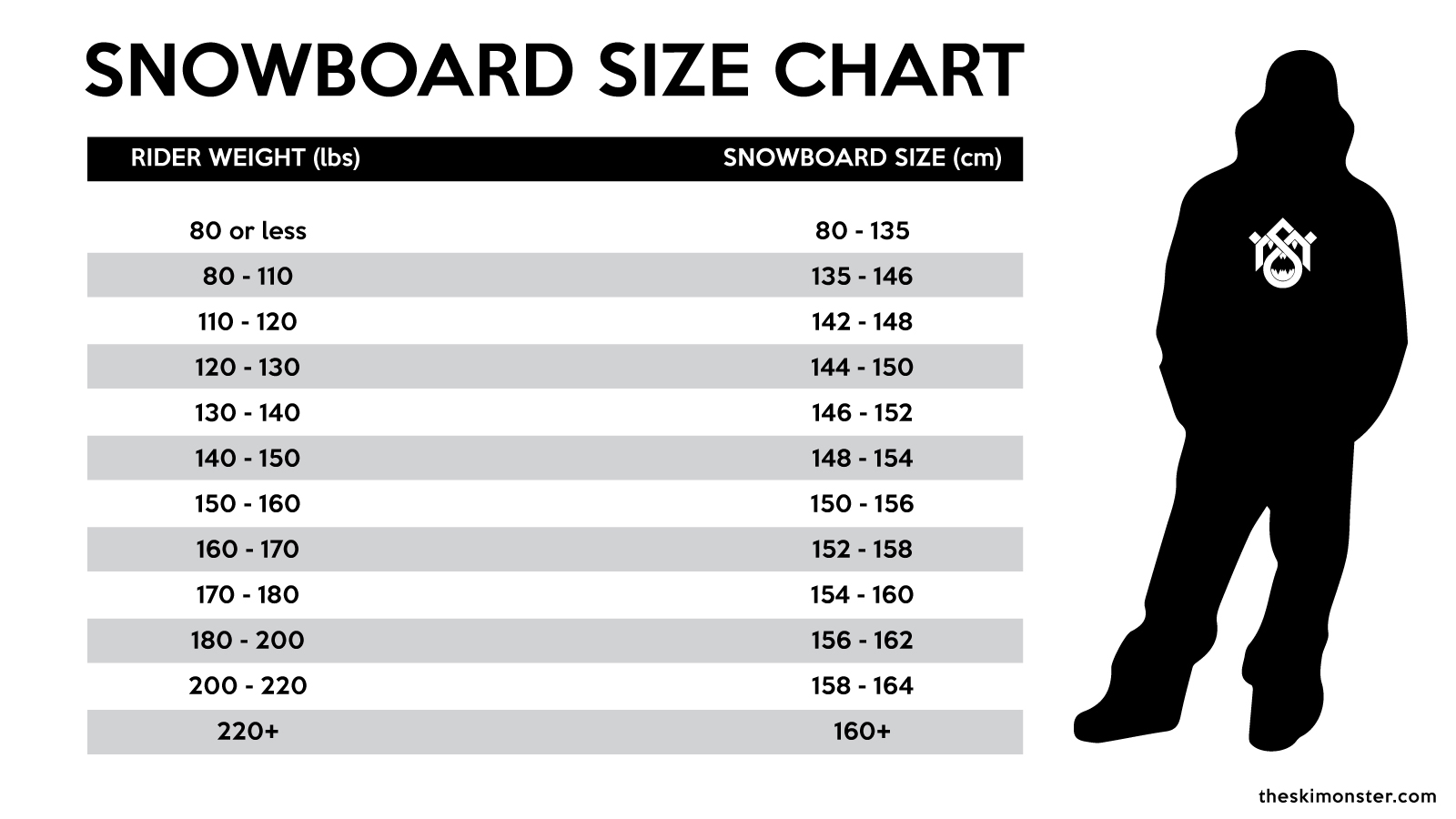
Once you have the range that you fall within figured out, think about your ability, where you spend most of your time, what style board you're looking at, and if you fall on the lighter or heavier side of your size range. Beginner riders will often times feel more comfortable on a slightly shorter board for easier turning while expert level riders may benefit from a longer, more stable board. Maybe your ride park, leaning to the shorter side can make spinning and changing direction easier. If you're buying a pow board you might go either way depending on the board - some pow boards run on the wide side, these can be ridden shorter; narrower pow boards can be ridden a little longer. All mountain riders should look to the middle of the range for the most part, this will give you the best balance of stability and maneuverability. If you happen to land on the lighter side of your size range, then sticking with a board on the shorter side is a good idea. If you are on the heavier side of the range, a little extra length will help support your weight better and let the board feel stable even when riding fast.
Bottom line when it comes to size - you can ride a range of different sizes. You don't want to stray too far but as long as you're within the range and keep the above factors in mind when deciding which direction to lean, you'll be in really good shape.
Choosing a snowboard should be a fun and exciting process. The most important part is being honest with yourself about your riding and what you need the snowboard to do for you. Shape is going to be influenced most by your riding style - park riders may want to look at twin boards, all-mountain riders should look at slightly directional boards. Flex has a lot to do with your ability and the kind of riding you're doing - beginners will have more fun on a softer flexing board while more advanced riders or riders who like to go fast will feel more comfortable on a stiffer board. Profile changes how the board rides across the snow - camber is perfect if you encounter ice or like to make nice carves down the mountain, reverse camber feels super nimble and makes for easy turn initiation but won't grip as well. Size is where you get to put all of these together - you'll land within a range based primarly off your weight, and then you can consider these factors to determine if you should lean to the shorter or longer side of the range, or maybe even stay right in the middle. Don't overcomplicate the process of finding a new snowboard, be honest with yourself and get out there and go snowboarding!

